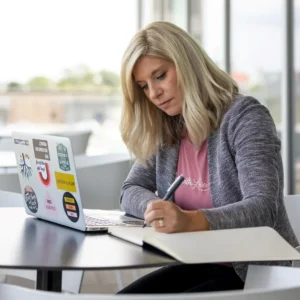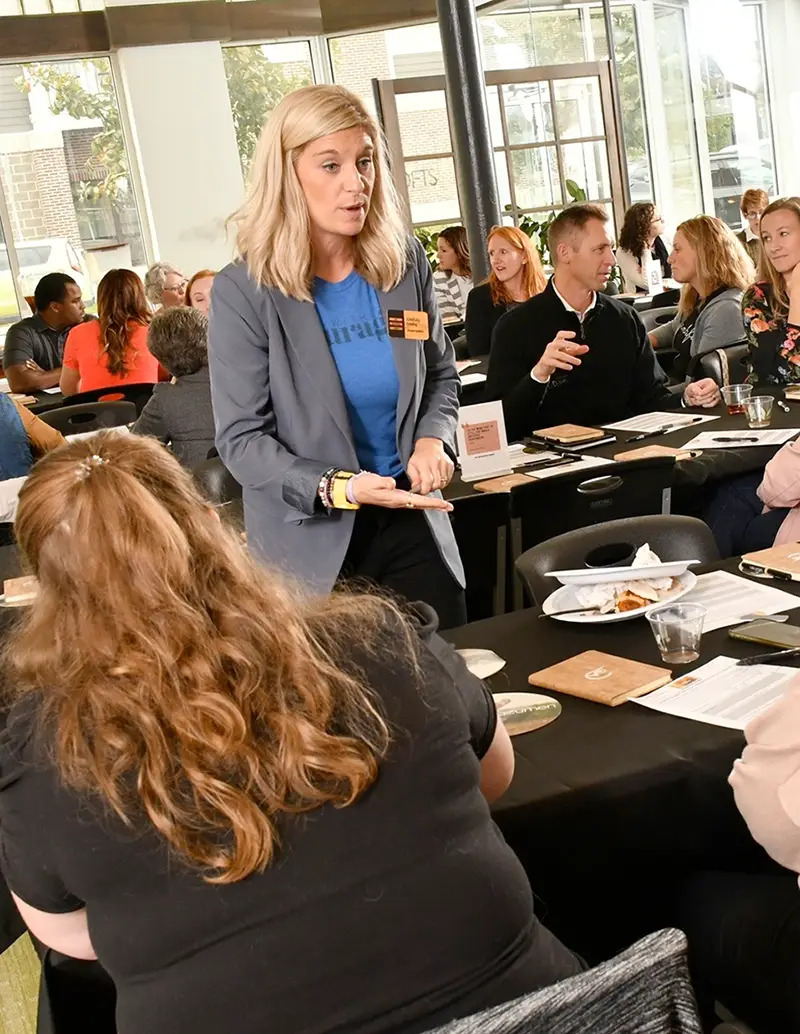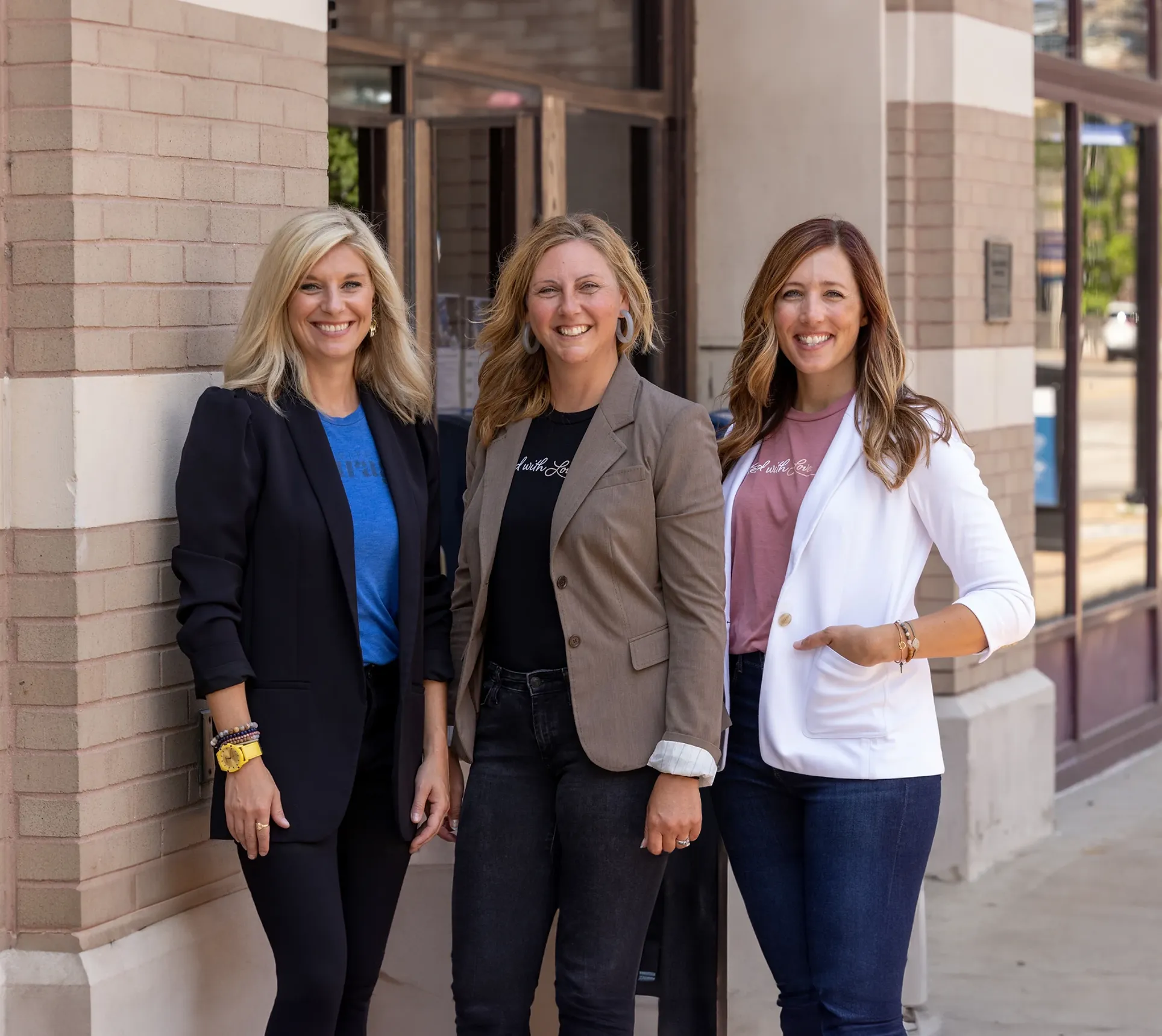“Prayer and action can never be seen as contradictory or mutually exclusive. Prayer without action grows into powerless pietism, and action without prayer degenerates into questionable manipulation.” -Henri Nouwen
In the days since Uvalde, I have continued to come back to this. It is not a coincidence that it was part of my daily reading this week. There were several posts on social media that had “thoughts & prayers” crossed out with “policy & change” in all caps. It made me sad to realize how many people have not witnessed the true power of prayer, and many do not understand how important it is to keep prayer and action together.
Without prayer and contemplation, we typically act out of anger and judgment. We tend to speak and behave as our lower self. We also become completely self-reliant. We try to take on more than what we can control, which leaves us feeling resentful.
When we make space for contemplation and prayer, we allow God to work in us so that we can see and understand situations more clearly. The words we initially desire to use transform from something based in anger and judgment to words that are powerful enough to create positive change and humane enough to keep the conversation open and moving forward on all sides. We can see many more options for action to take that start with us as individuals, expand out into our families, communities and organizations and continue to expand into the actual policies and systems that need to be transformed. Reform takes strategic effort and discernment. It starts with us as individuals. Taking small steps to end our contribution to violence in our own lives has the necessary ripple effect and forces us to walk a more effective path to create positive change that can influence the systems that need to be shifted.
I saw several people posting this quote from Amanda Gorman: “It takes a monster to kill children. But to watch monsters kill children again and again and do nothing isn’t just insanity – it’s inhumanity.”
I understand why she said this and why people wanted to share it. It wasn’t sitting right with me and as I sat in prayer and contemplation, I realized it’s because the language she uses is dehumanizing. It is violent in and of itself. Labeling another human being as a “monster” and insinuating that people are “insane” or “inhumane” doesn’t create an environment of openness and safety to bring people to the table in a way that we can have a productive conversation about change.
Eliminating violent and dehumanizing language is an action that each of us can take. Pause. Think about the language and tone of your words. Sharp words can be powerful, yes. Usually they shut down any opportunity to have a real conversation because both parties have defenses up. Do we want our voice to be heard or do we want real change to occur?
Depending on what you want, you have choices to make. This is a lesson that I continue to learn myself…daily. I really don’t like it, but I often have to alter my approach to ensure that the person on the other end can hear and understand what I am saying so that we can make progress. Most of us walking around the world today as adults do not have the appropriate skills or coping mechanisms to engage in healthy debate without taking things personally or shutting down.
Take action today to become less violent at an individual level. Be thoughtful about your words and your tone when we are engaging in discussion, and when you feel offended, get curious instead of shutting down so you can stay in the discussion and work toward a solution. Heal yourself so that we can have more productive conversations about these important issues.
In our families, communities and organizations we can take action by exploring together what happened. We are often too afraid to discuss things that matter, but talking things out safely is exactly what improves our critical thinking, discernment and allows change. We have to be able to engage safely with people who do not share our own opinions, and see multiple sides of an issue.
I find it helpful to seek out people who I love and respect and who view the world very differently than I do. This allows me a safe place to challenge my own beliefs and perceptions of an issue like gun control. When you love and respect someone who doesn’t believe the same things you do, you are more willing to engage in an open conversation.
Preparing for these conversations is important. Be thoughtful about the questions you want to ask and how you want the other person to feel. This helps you anchor back to a positive neutral place if the conversation escalates or things are said that you strongly disagree with. Remember, the intent is not to persuade someone to your side but to learn from someone who thinks differently.
When I’m going into a conversation with someone who has different beliefs and opinions than those I have, I have a visual that I hope can be helpful. It helps me remember that just like I am not simply my thoughts and beliefs (I am so much more than that), so is the other person. It also helps me remember that we are here to explore and nothing else.
I visualize that as we sit across from each other at the table, each of us empties our ideas and beliefs onto the table. We are neutral parties in a brainstorming session just exploring these things. We don’t have to take on or fix anything that is laid out. The beauty of this exercise is we both come to realize that even though there are a few things we disagree one, there is a lot more we actually agree on. Get curious and start communicating!
These practices refine us to be able to then take the next step in going outside of the people we love and respect, and be able to engage in conversations about important matters with people we aren’t as close to. This could be calling legislators, posting on social media, having a conversation with co-workers, etc. When we follow the process of checking ourselves for violent thoughts, words and actions, then explore important topics with those we love and respect in a nonviolent way we learn lessons that help us have more productive, informed conversations with people we know less well. We will have a larger perspective that will be helpful in allowing us to do some really good work to address systemic issues and create sustainable change.
Remember that ending violence begins in our own hearts and minds. Let’s each commit to do our own work to end violence in our everyday life…then we can make real progress. Commit to a pause using contemplation and prayer before taking action. My little niece recently sang this song to me as a perfect reminder for each of us: “Stop, stop, stop it’s ok to feel angry, it’s not, not, not ok to hurt someone.” As always, reach out if you could use support on your journey to becoming a better leader in this area. We work on it everyday!

Written by: Lindsay Leahy, Dream Builder at The Restoration Project


